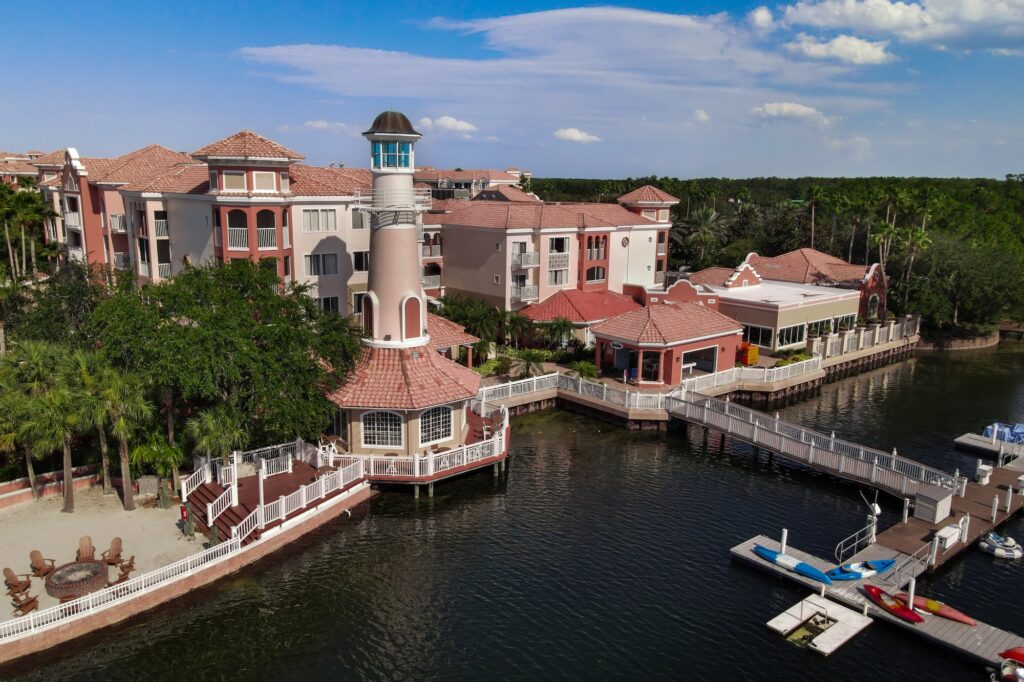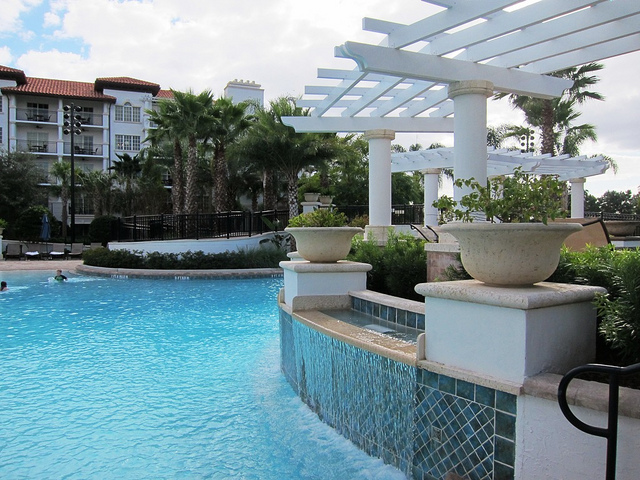If you’re considering purchasing a fixed week or floating week timeshare, understanding how your deeded villa can accommodate guests is an important part of the decision-making process. Timeshare ownership offers countless benefits for vacationing, including spacious accommodations and access to luxurious amenities. However, making sure your timeshare meets your family’s needs starts with knowing occupancy limits and evaluating bedding configurations.
This guide will help you explore the basics of timeshare occupancy limits, learn how unit sizes are defined, and understand why bedding configurations matter in selecting a timeshare to own.
What Are Timeshare Occupancy Limits?
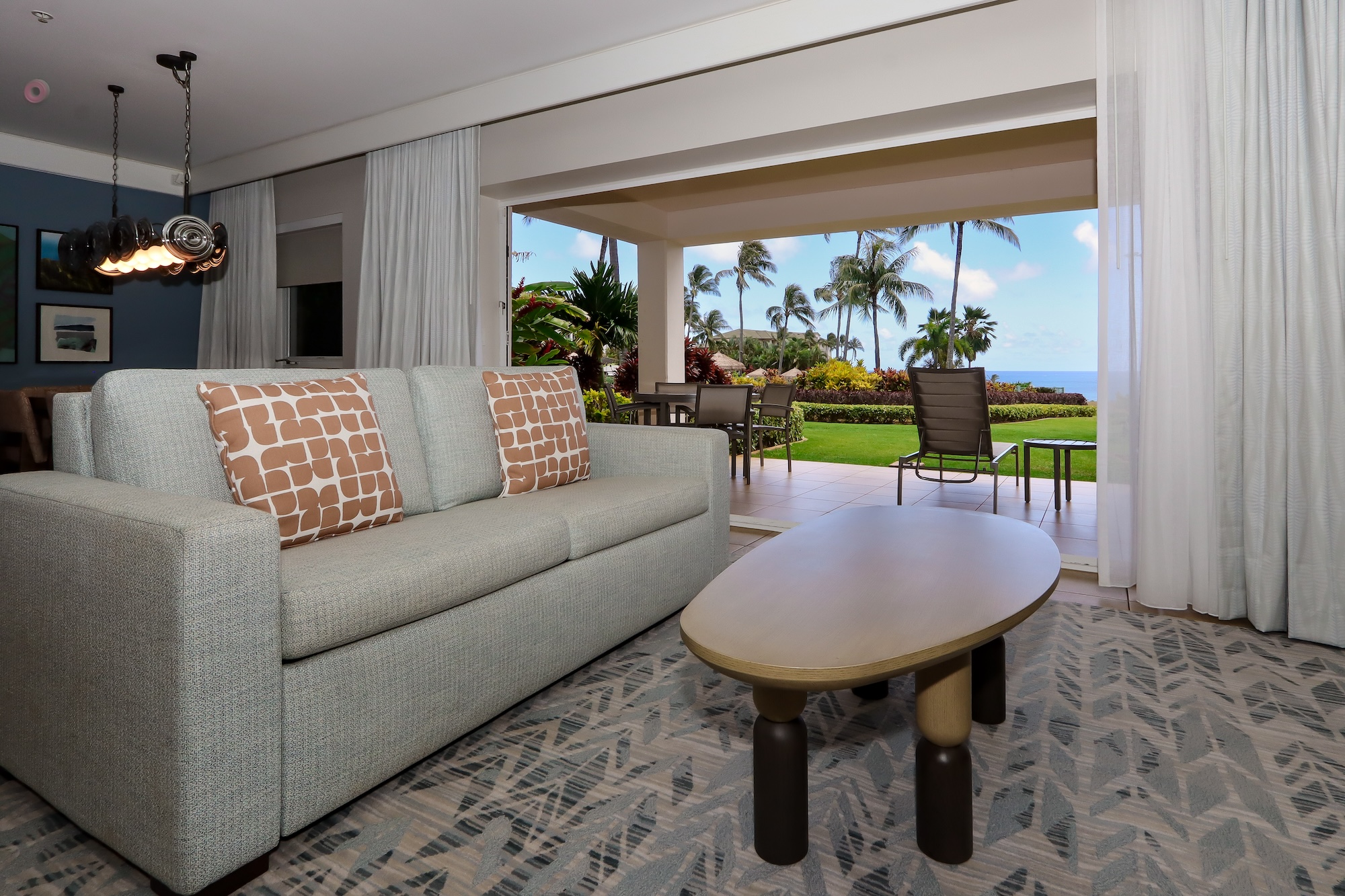
Defining Occupancy Limits
Occupancy limits indicate the maximum number of people who can stay in a specific timeshare unit. These limits are set by the resort, considering each unit’s size, layout, and safety regulations. Exceeding these limits is generally prohibited to maintain comfort, comply with fire codes, and make sure you’re in line with the resort’s policies.
When purchasing a timeshare, it’s important to keep these limits in mind to ensure the unit can accommodate your family or travel group comfortably, not just now but also as your needs evolve.
Standard Occupancy Limits by Unit Size
Here’s a general breakdown of timeshare unit sizes and the number of guests they typically accommodate:
- Studio Units – Accommodates 2 to 4 guests
- One-Bedroom Units – Accommodates 4 to 5 guests
- Two-Bedroom Units – Accommodates 6 to 8 guests
- Three-Bedroom Units – Accommodates 10 to 12 guests
While these numbers serve as helpful guidelines, specific limits may vary by property or brand. Resorts can also account for pull-out beds or sleeper sofas when determining occupancy limits.
Why Understanding Bedding Configurations Matters
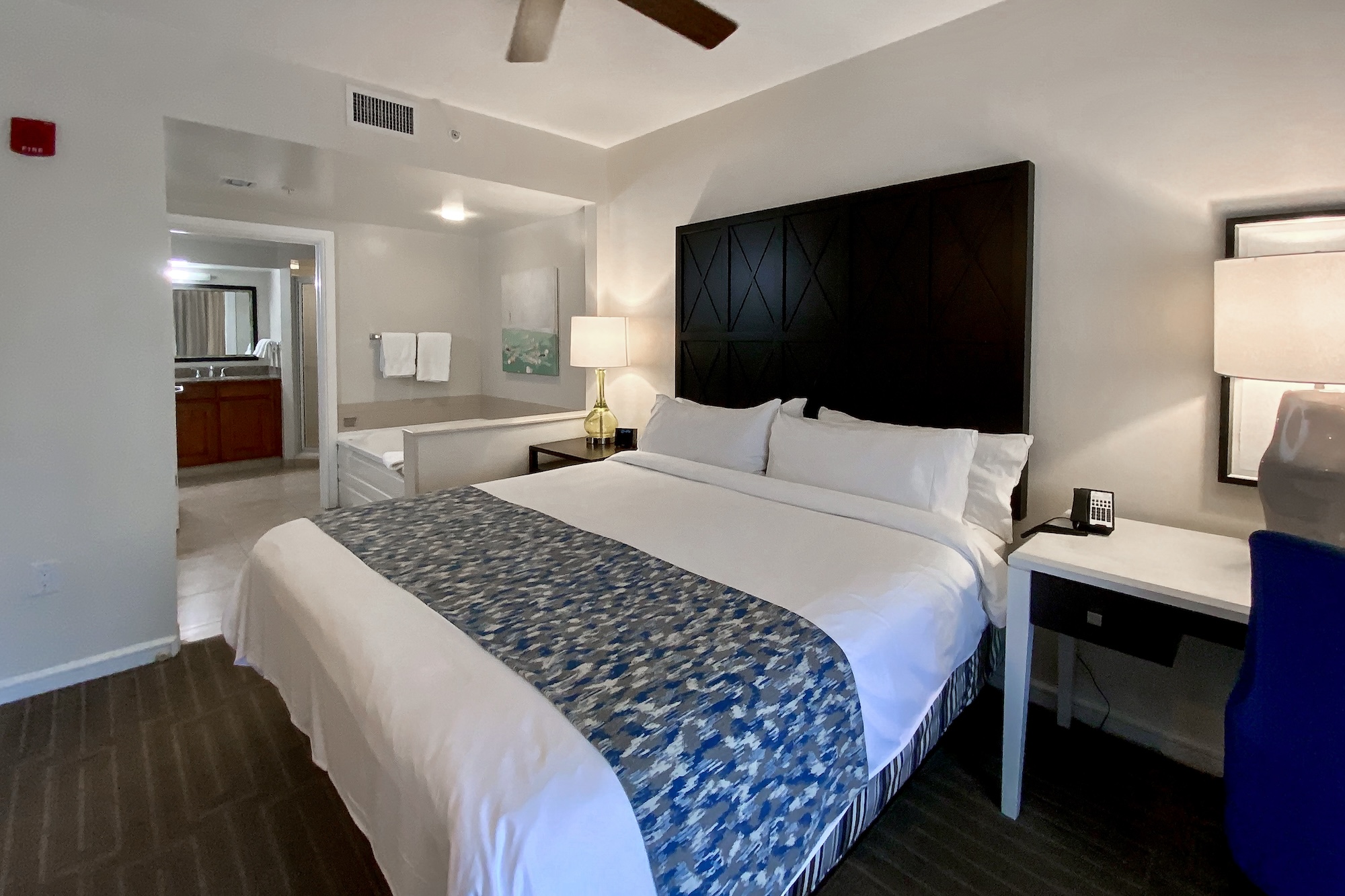
When evaluating a timeshare, it’s not enough to look at square footage or the number of bedrooms. Knowing the bedding configuration will help you determine whether the unit can truly accommodate your family or guests comfortably.
For example, a two-bedroom unit with two king beds may suit a travel party with two couples traveling together, while a unit with one king bed and two twin size beds may work better for families with kids who wouldn’t want to share a larger bed.
Occupancy Limits Aren’t Perfectly Correlated to Bedrooms
The number of bedrooms in a timeshare unit is not always indicative of its maximum occupancy limit. Some resorts may offer units with the same bedroom count, but their occupancy limits differ, potentially making one property a more suitable choice for your group than another.
| Resort | Unit Size | Max Guests | Bedding Configuration |
|---|---|---|---|
| Marriott’s Grande Vista | 3 bedroom villa | 12 |
|
| Marriott’s Ocean Pointe | 3 bedroom villa | 10 |
|
For instance, consider two popular Florida resorts. At Marriott’s Grande Vista, a three-bedroom villa can accommodate up to 12 guests, while a three-bedroom villa at Marriott’s Ocean Pointe has a maximum occupancy of 10 guests.
Choosing the right resort with the appropriate occupancy limit could potentially save you from needing to upgrade to a larger unit, ensuring your group has the space it needs for a comfortable stay.
Planning for Future Needs
Purchasing a timeshare is often a long-term investment. Think about how your needs may change over time. A young couple might need only a studio now but consider purchasing in a one- or two-bedroom unit if they anticipate growing their family or inviting friends or relatives on future vacations.
Key Factors When Choosing a Timeshare to Own

Size and Layout Considerations
When deciding on a timeshare, look beyond the total number of beds. Consider the layout of the unit. Does the living space feel open and welcoming? Are there enough bathrooms to accommodate larger groups? Reviewing these details can help you be sure the unit type you’re selecting will work for you now and well into the future.
Resort Amenities
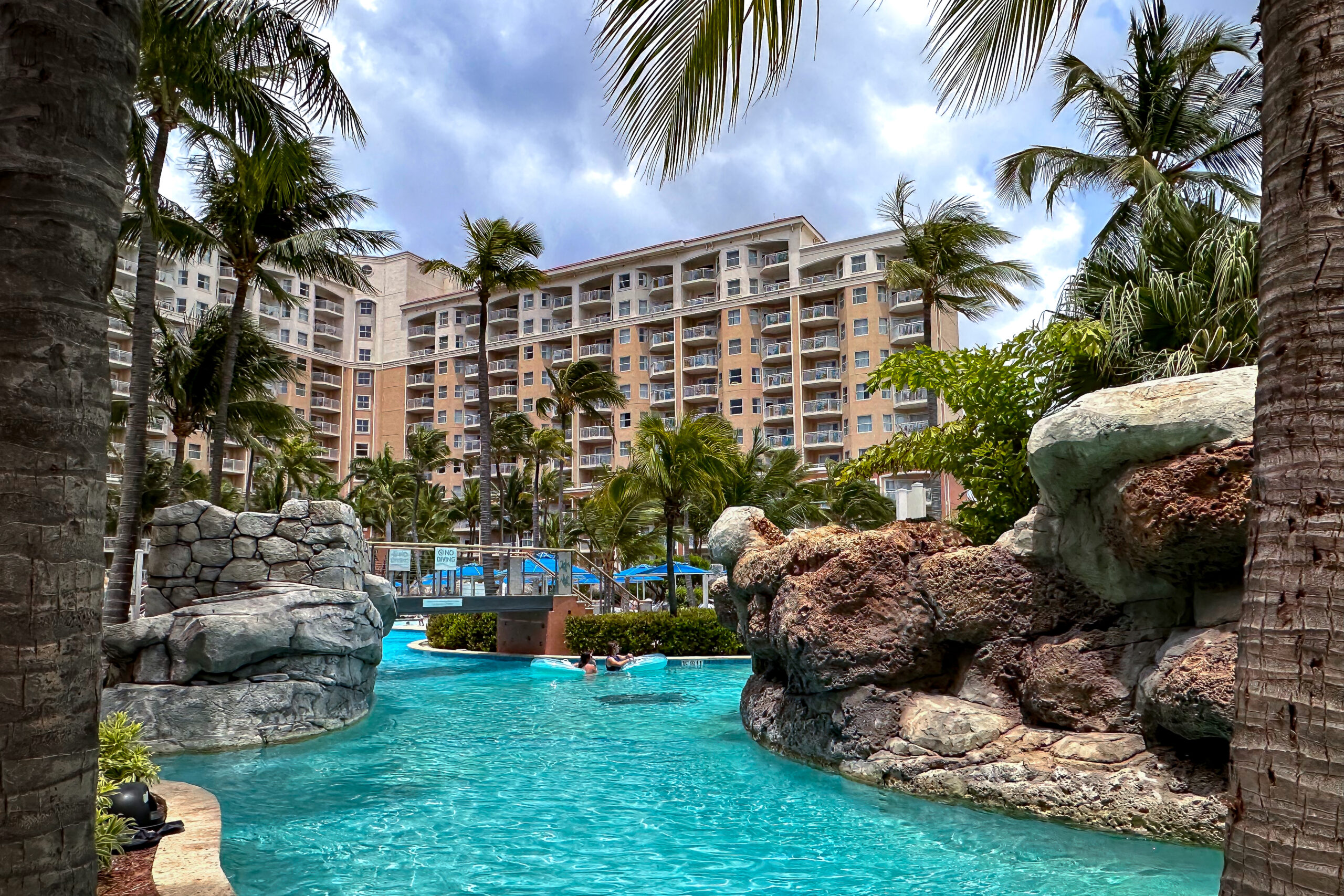
Amenities are one of the biggest draws of timeshare ownership. Properties often feature fully equipped kitchens, spacious living areas, and resort-style perks like pools, spas, and fitness centers. Evaluate whether the amenities align with your vacation style. For example, families might prioritize resorts with kid-friendly activities, while couples might seek properties with on-site golf courses and spas.
Budget and Location
While the timeshare’s size is important, it’s equally critical to consider costs and location. Larger units typically come with higher purchase prices and maintenance fees. Assess whether the timeshare’s size matches not only your vacation preferences but also your long-term budget. Similarly, ensure the property is located in a destination you’ll enjoy visiting repeatedly.
Final Thoughts
Understanding timeshare occupancy limits and bedding configurations is an important consideration for potential buyers. These factors determine whether a unit can comfortably meet your immediate and long-term needs. By evaluating the size, layout, and features of units you’re considering, you’ll have a clearer picture of how the timeshare fits into your vacation lifestyle.
With thoughtful planning and consideration, you can enjoy the benefits of spacious accommodations, outstanding amenities, and the convenience of knowing your vacation is ready whenever you are. If you’re considering timeshare ownership, don’t hesitate to contact our team of Licensed Real Estate professionals with any questions you have!

